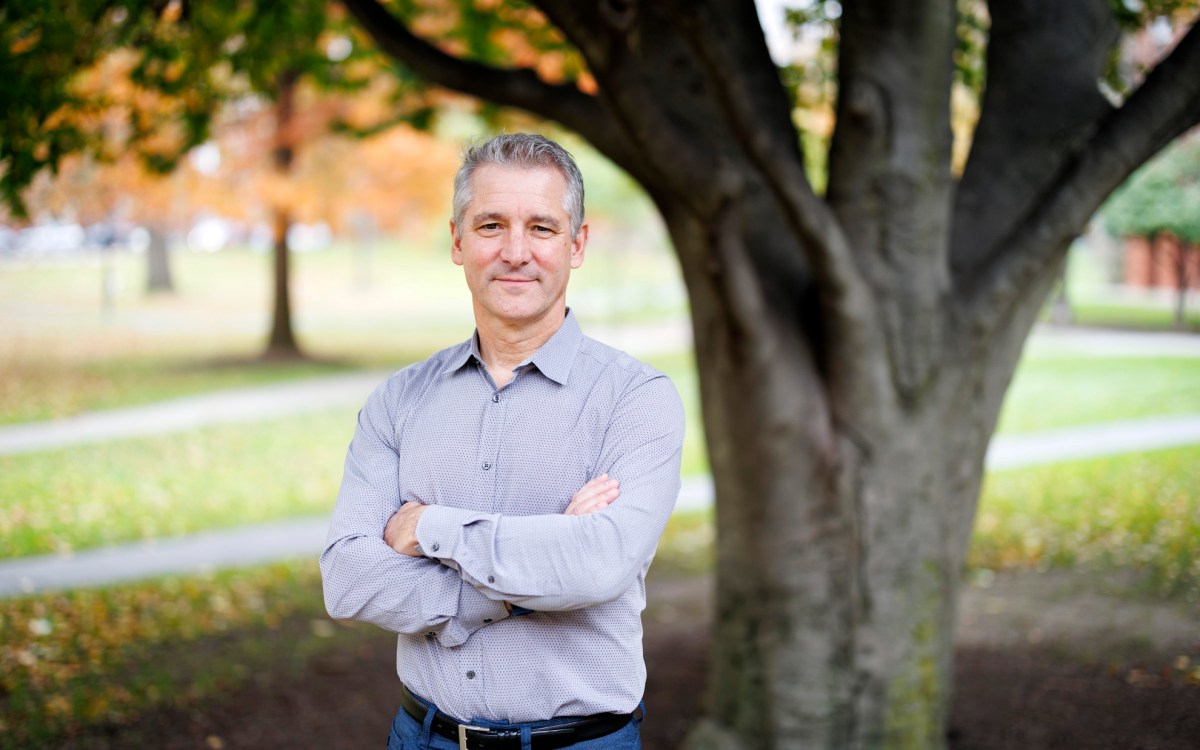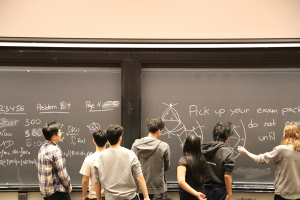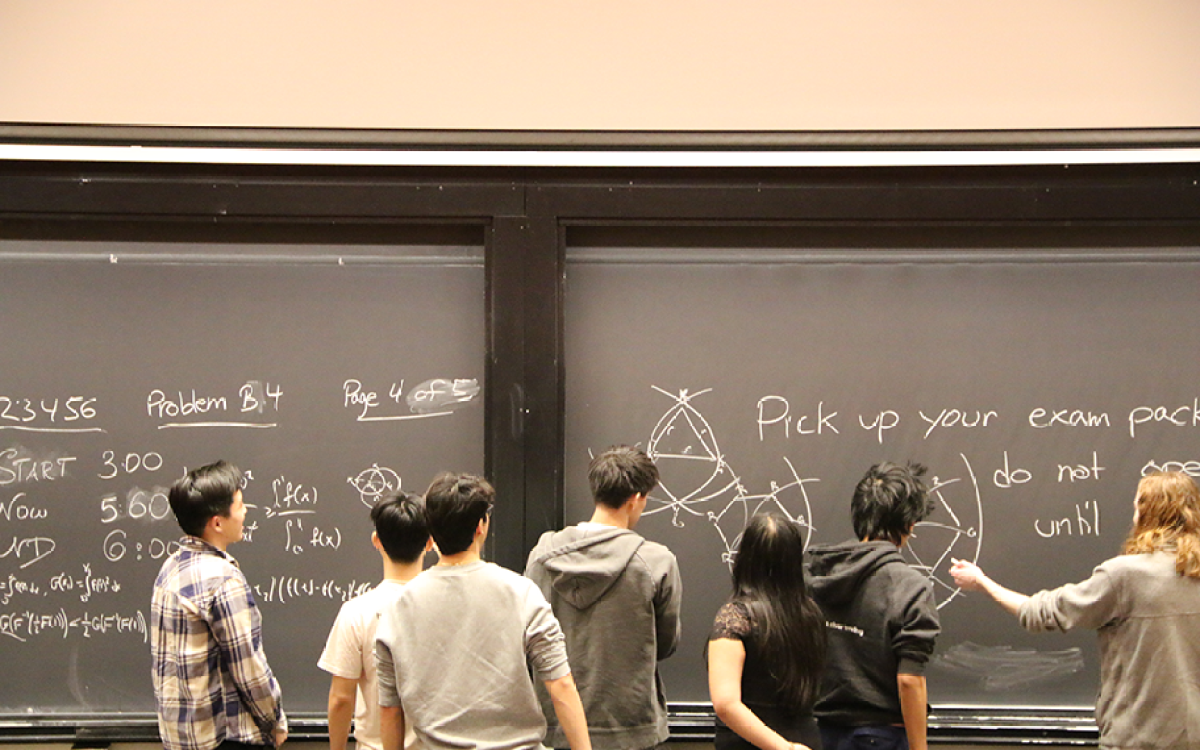Snapshots from front lines of federal research funding cuts

Faculty detail scramble to save work and talented researchers, both those in labs and in pipeline
Harvard faculty are struggling to maintain labs and preserve research amid the Trump administration’s termination of research grants and continuing pressure campaign. Campus leaders say the government actions could cumulatively cost the University as much as $1 billion a year. Those moves are also threatening laboratory jobs, emerging science and innovation, cell lines, animal models, research continuity, and the education of tomorrow’s scientists. The Gazette reached out to faculty members to get their view of the scramble to minimize disruption during times that have abruptly turned tumultuous.
Walter Willett, Professor of Epidemiology and Nutrition, Harvard T.H. Chan School of Public Health
How have these funding cuts affected your day-to-day work and that of your lab?
These cuts have greatly affected our day-to-day work because we can’t drop our ongoing research, now temporarily partly supported by Harvard, and also teach and mentor our doctoral students and postdoctoral fellows. At the same time we have needed to reduce our research staff, which is painful, and search for new sources of short-term and long-term funding. This has stretched all of our faculty.
What are the potential future consequences of these cuts to your research, whether on individuals, patients, customers, public health messaging or others?
These cuts imperil loss of data and biological samples that have been collected over the last 45 years and the active communication with participants in our research, now including over 200,000 men and women across the U.S. This information is vital for ongoing and future research to understand the causes and potential prevention of cancer, heart attacks, dementia, and other major health burdens. More positively, this research can help us identify ways to reach older ages with good physical and mental health.
What is your next move? Are you seeking alternate funding sources? Hunkering down and protecting core projects? Waiting for the legal process to play out?
We can’t hunker down or wait for legal process to play out because we can’t drop and rehire key research staff or turn off our freezers and data systems without loss of key resources. We are accelerating efforts to be ever more efficient, focusing on key functions, and pursuing new sources of funding.
Until now, we have been able to share our resources with other researchers across the country with minimal costs, but we will now also need to find ways to share to costs of the underlying infrastructure. The primary product of our work, knowledge about ways optimize health and well-being, is a public good and sometimes invisible. Thus, we are increasing our effort to convey this information broadly with the hope that federal funding for public health will once again be bipartisan and de-weaponized.
Pamela Silver, Elliott T. and Onie H. Adams Professor of Biochemistry and Systems Biology, Harvard Medical School
How have these funding cuts affected your day-to-day work and that of your lab?
When the first stop-work order arrived, we had to shut down a new initiative that we had been planning for quite some time. This meant laying off newly hired people or finding positions for them elsewhere. Needless to say, this was stressful and sad as it meant we would not be able to pursue the exciting research plan.
With additional grants terminated, the day-to-day uncertainties make it difficult to think clearly about how to proceed for all of us in the group. That said, the financial assistance from the University and Harvard Medical School has been an amazing uplift. And I continue to be in awe of the resiliency of the young researchers whom I work with and who remain excited about their science.
What are the potential future consequences of these cuts to your research?
Overall, the inability to bring on new young people and explore new ideas will have long-term impact not just for my group but for our entire community. The continuous flow of young researchers at all levels is what fuels basic research and differentiates us from the private sector. For instance, every summer we host undergraduates in our lab to do research, and we were not able to do that this summer. For many students — this is their first experience in a research group.
In addition, the lack of a critical mass of researchers makes for a less dynamic environment which can stifle the emergence of new ideas. We are also interested in issues of sustainability for the planet, which are not a high priority for federal funding.
What is your next move? Are you seeking alternate funding sources? Hunkering down and protecting core projects? Waiting for the legal process to play out?
My group has for a long time had a diverse portfolio of funding and works in a number of areas. So we might be nimble enough to sustain at least for a while. We are thrilled with the aggressive legal stance that is being carried out by Harvard and see the logic in its success.
As a member of the Wyss Institute, where translation of research to real-world problems is the focus, I am encouraged by interest from the private sector and nonprofit organizations.
Robin Wordsworth, Gordon McKay Professor of Environmental Science and Engineering, John A. Paulson School of Engineering and Applied Sciences
How have these funding cuts affected your day-to-day work and that of your lab?
These funding cuts are having a huge impact on our research. Our canceled NSF project was focused on understanding convection in planetary atmospheres. I’ve no idea why the administration decided to cut it.
What are the potential future consequences of these cuts to your research?
Nationwide, these cuts will make it much harder to do fundamental research in the future. Planetary science is one of the few subjects that inspires everyone, regardless of political affiliation. If these cuts go through, the U.S. will cede much of its scientific leadership to China and Europe.
What is your next move? Are you seeking alternate funding sources? Hunkering down and protecting core projects? Waiting for the legal process to play out?
We are pursuing all possible options to secure funding and continue our research. It’s not an easy environment right now, but I became an academic because I’m passionate about science, and so giving up isn’t really an option.
Christine Riedy Murphy, Delta Dental of Massachusetts Associate Professor of Oral Health Policy and Epidemiology, Harvard School of Dental Medicine
How have these funding cuts affected your day-to-day work and that of your lab/project?
Our federally funded projects are primarily focused on the education and clinical training of the healthcare workforce, with a particular emphasis on the dental workforce.
The work spans the training continuum — predoctoral, postdoctoral, and continuing education. The federal funding freeze has had immediate and palpable impacts on our day-to-day operations. Staffing and program planning have been disrupted, and we have had to carefully consider critical components of the training activities. Project team members face uncertainty, which affects morale. Planned curriculum enhancement, clinical rotations, and partnerships are at risk. The freeze not only undermines the progress we have made but also jeopardizes our ability to respond to emerging needs with agility and innovation.
What are the potential future consequences of these cuts to your work?
Freezing funding may significantly hinder the training of both current and future dentists and other healthcare workers in providing care for older Americans. As the aging population grows, outpacing younger generations, many older individuals face at least one chronic health condition and many have multiple conditions.
By freezing funding, the dental and broader healthcare workforce may lack adequate training to meet older adults’ complex needs. Ultimately, this may impact the larger community, especially community health centers, by limiting postdoctoral training, reducing continuing education on caring for older adults, and ultimately, compromising age-appropriate care for older patients.
What is your next move? Are you seeking alternate funding sources? Hunkering down and protecting core projects? Waiting for the legal process to play out?
We have already begun taking a pragmatic approach to prioritizing the core activities of our projects and ensuring alignment with the School’s mission. Fortunately, we will receive some research continuity funding through both the University and School, which will help maintain momentum.
Looking ahead, the most effective path forward will be to strategically diversify our funding sources, including scenario planning to develop sustainable revenue models. As the federal funding landscape continues to shift, we will need to think creatively and proactively to sustain our educational and training efforts — ensuring the healthcare workforce is prepared to meet the evolving needs of older Americans, and those in rural communities.





